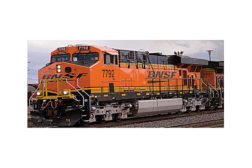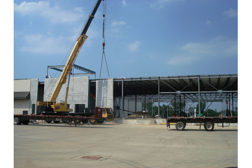Supply Chain & Logistics
Refrigerated & Frozen Foods taps into today’s rail and intermodal trends to find out what technological advancements are in place, and how they keep America’s supply chains moving.
Read More
Cold Storage Construction Trends: What’s Old is New Again
Rather than build anew, companies are upgrading, renovating and replacing existing buildings with new equipment and technology to keep up with today’s ever-changing industry demands.
September 10, 2013
Get our new eMagazine delivered to your inbox every month.
Stay in the know on the latest food and beverage manufacturing markets.
SUBSCRIBE TODAYCopyright ©2024. All Rights Reserved BNP Media.
Design, CMS, Hosting & Web Development :: ePublishing









